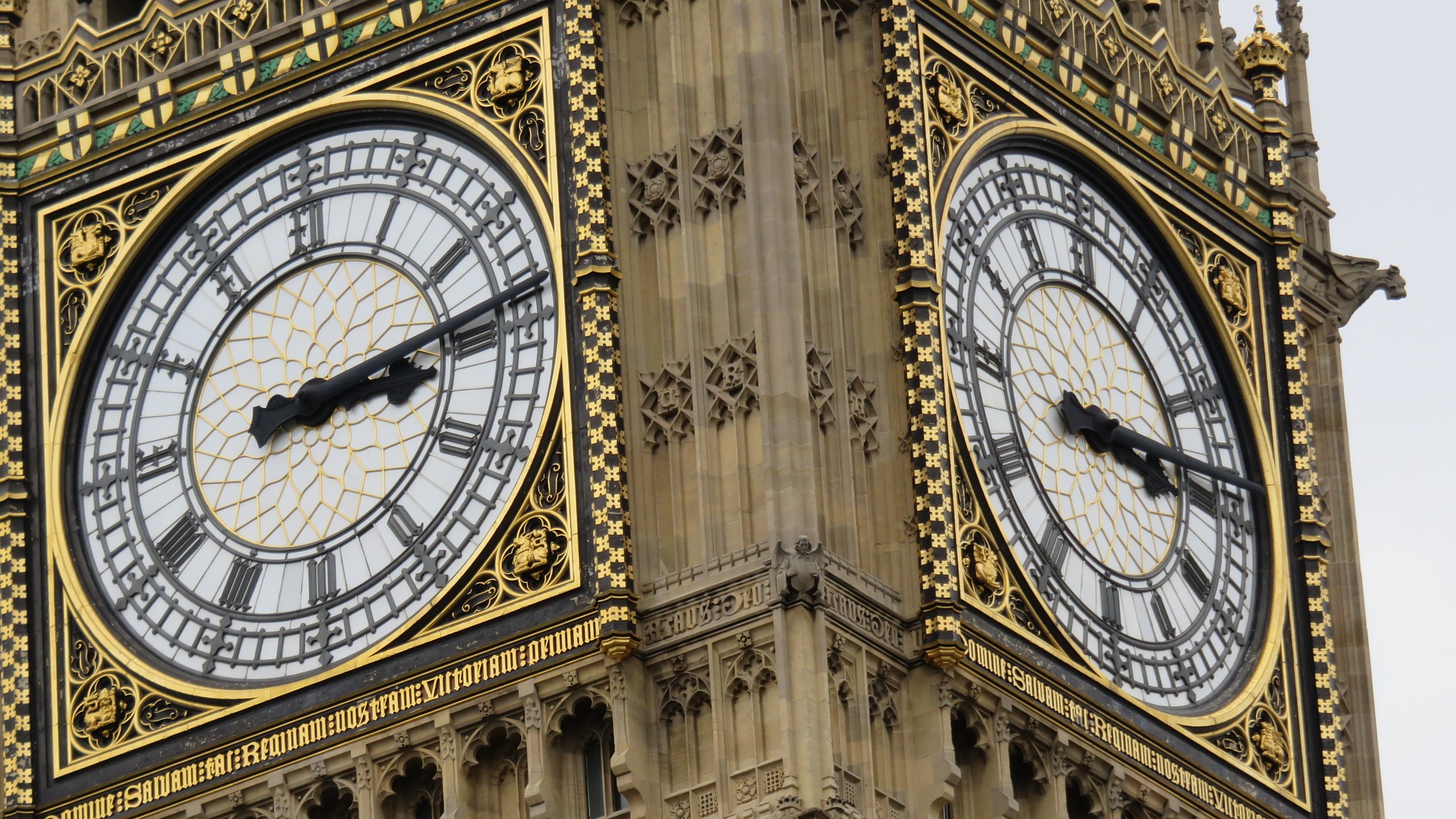The UK budget was announced on 16 March 2016. To set the tone for this year’s plan, George Osborne, the Chancellor of Exchequer, made several conservative remarks regarding the UK’s worsening economic and fiscal forecasts. He warned about potential economic risk and further public spending cuts, which could damage the chance of achieving his most important fiscal target – an overall surplus by 2019-20 by £10 billion.
What is the economic and social background for this year’s Budget? And what measures have been included in the Budget to tackle the fiscal deficit and economic uncertainties?
The UK is facing a challenging reality
The current global economic environment holds increasing levels of uncertainty. Since the start of 2016, the financial markets have veered between diverging central bank policies, oil prices and political news. Investors’ have been worried about further currency devaluations by China and their Government’s ability to avoid an economic hard landing. In Europe there were growing fears about the strength of the banking system and the broader Eurozone economy, this spurred the European Central Bank to further expand its quantitative easing programme last Thursday.
The UK economy has been relatively resilient compared to other developed nations, however there are signs that global weakness is starting to take its toll. According to the Budget:
- The actual size of UK GDP in 2015 has been revised down by £18 billion
- The growth rate is down to 2% from 2.4%
- The long-term growth rate forecast is just 2.2% (down from 2.7%)
This creates a smaller base for tax revenue and therefore leads to higher public sector net borrowing. The uncertainty raised from the upcoming EU referendum in June could also have a real impact on economic activity. The UK is facing a change in its demographic profile and a substantial increase in life expectancy which poses an additional challenge for the Government and employers, as they work to manage the cost of providing pensions to retirees. Both of these economic and social realities are reflected in the outlook for the public finances and this year’s Budget setting.
Response to an uncertain long-term economic forecast
Considering these risks and uncertainty over the next five years, this year’s Budget was branded as the Budget for future generations, this is consistent with the Government’s long term objectives of bringing public finances back to surplus, growing the economy and encouraging a strong savings culture.
A series of more business friendly measures were revealed in the Budget:
- Corporation tax will be cut from 20% to 17% by 2020
- A higher threshold for small and medium size business rate relief
- A tightening of the tax rule will be imposed on large multinationals
All this aims to attract new investment to the UK economy and create jobs.
For individuals a new Lifetime ISA was introduced to encourage individual contributions towards retirement, whilst the total allowance for ISAs has been increased to £20,000 from £15,240. Tax-free allowances and higher-rate tax thresholds are also raised to keep more money in taxpayers’ pocket. To make room for these tax cuts and achieve the fiscal surplus target in 2020, new public spending cuts of £3.5 billion were also set for this period.
Overall this year’s Budget paints a mixed picture of the outlook for the UK economy and fiscal status. Despite the introduction of some tax-cutting policies which will benefit savers and small and medium size businesses, there is still a sense of austerity. The worsening economic outlook casts a shadow over the announcement which was emphasised by the £3.5 billion unspecified spending cuts. It is still too early to tell whether these measures will help the Chancellor to achieve his long-term fiscal target by 2020, but he certainly appears to be doing whatever he could to keep the progress on track.





